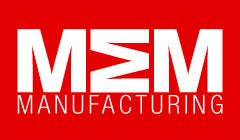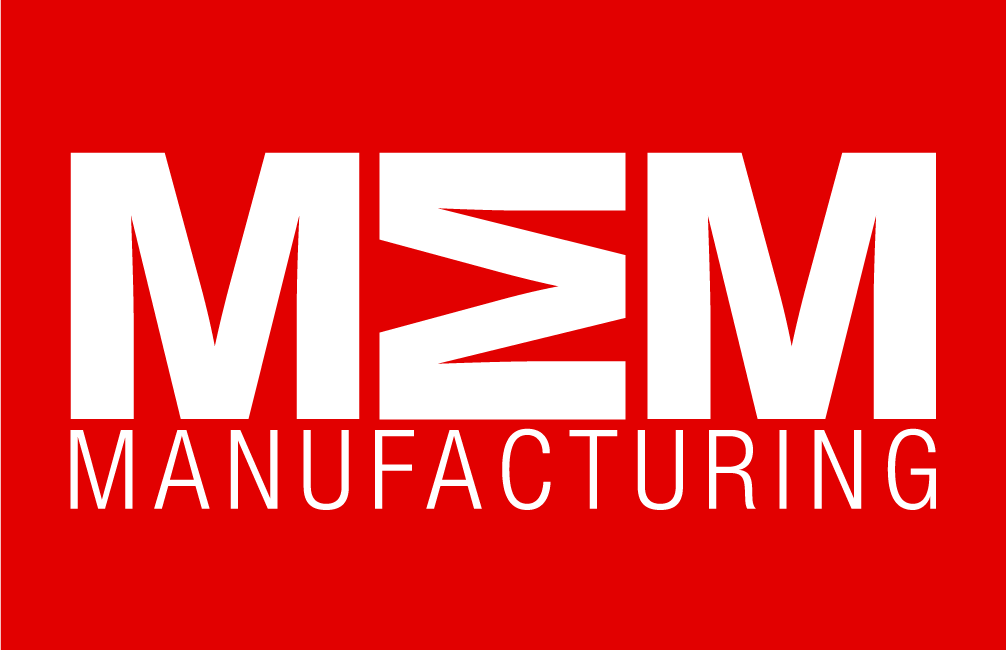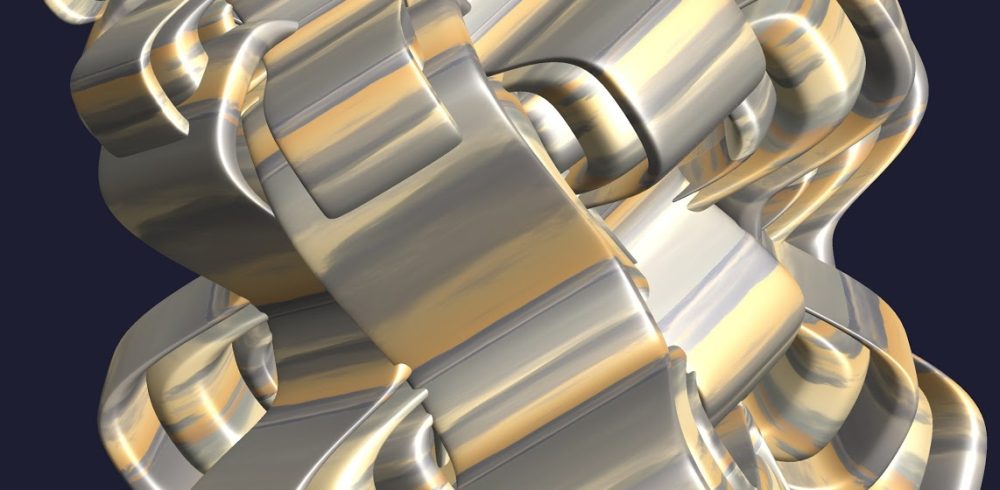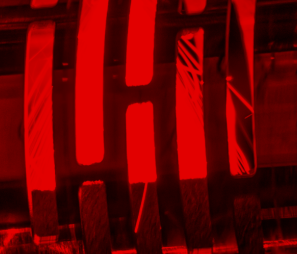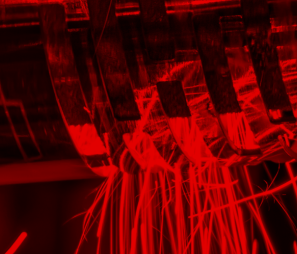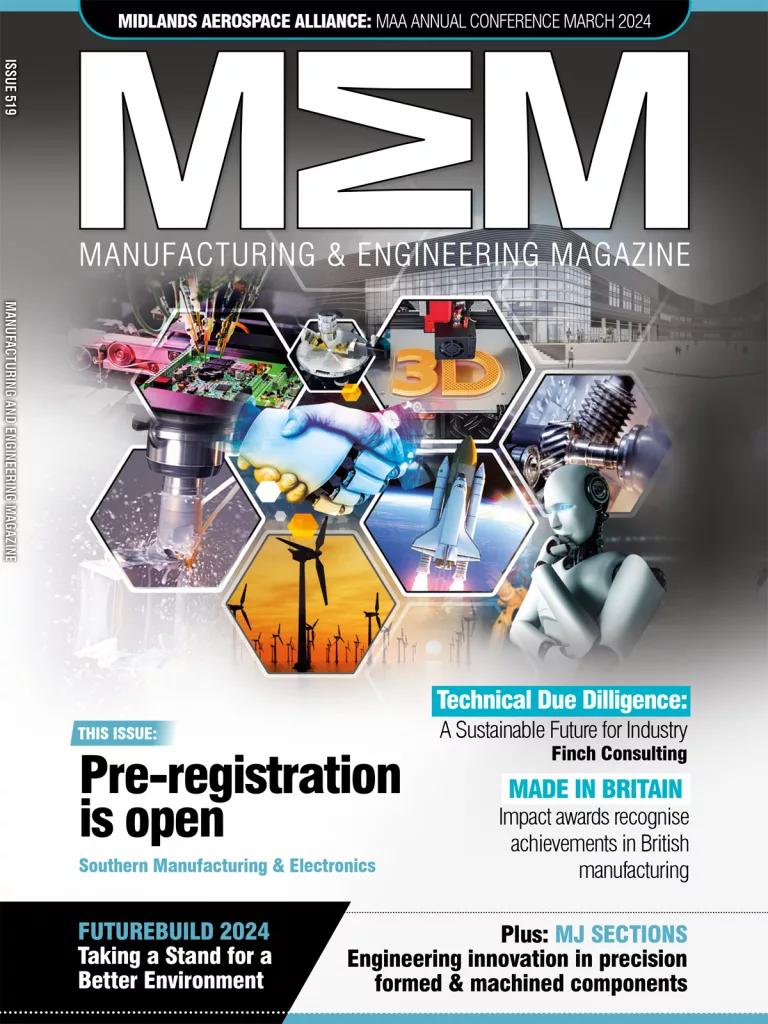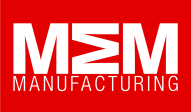Metal Lightweighting : Patrick Dunne, vice president of advanced application development at 3D Systems, is talking about metal additive manufacturing, known as metal 3D printing, which produced high quality, complex parts that are impossible to achieve through traditional manufacturing processes.
Over the past couple of years there has been an increased interest for metal additive manufacturing. “Industrial companies, particularly those operating in low volume, ultra-high value sectors, now better understand the impact of design in the production chain of additive manufacturing and are therefore starting to create new and innovative lightweight designs,” said Patrick.
This innovation is being driven by sectors such as aerospace and high-performance automotive. For example,”in the world of Formula One, reducing and controlling weight distribution across the vehicle cab have a major impact on performance and deliver a critical competitive edge,” said Patrick.
By using metal lightweighting, 3D Systems created a 3D printed satellite bracket as part of a long-term partnership with Thales Alenia Space. “We were able to reduce the mass of each bracket while maintaining the same functional performance and tensile strength by applying algorithmic topological optimisation to the metal 3D printing process following a design for manufacture approach,” explained Patrick.
The titanium brackets resulted were 25% lighter than those manufactured by traditional means and also offered a better stiffness-to-weight ratio. The satellite brackets were unique, as well as customised and optimised to the specific mounting location and delivered in half the time.
The challenges associated with lightweighting are the design and the mechanical characteristics of the alloy within the part itself. “As material is removed at the CAD level it’s critical that the downstream process is able to deliver a part that crosses a certain threshold in both mechanical properties and risk reduction,” said Patrick. “Within 3D Systems, our expertise covers both ends of that equation. We support the advanced design capabilities as well as provide tools in the form of hardware, software, process and materials.”
Speaking of the future of metal lightweighting, Patrick said: “Ultimately, the manufacture of better products to enable dramatically cheaper space transportation and faster, more fuel-efficient vehicles. In low volume, ultra-high value sectors where weight means the difference between winning and losing, it will only be a matter of time before metal lightweighting achieves mainstream acceptance.”
Manufacturing & Engineering Magazine | The Home of Manufacturing Industry News
